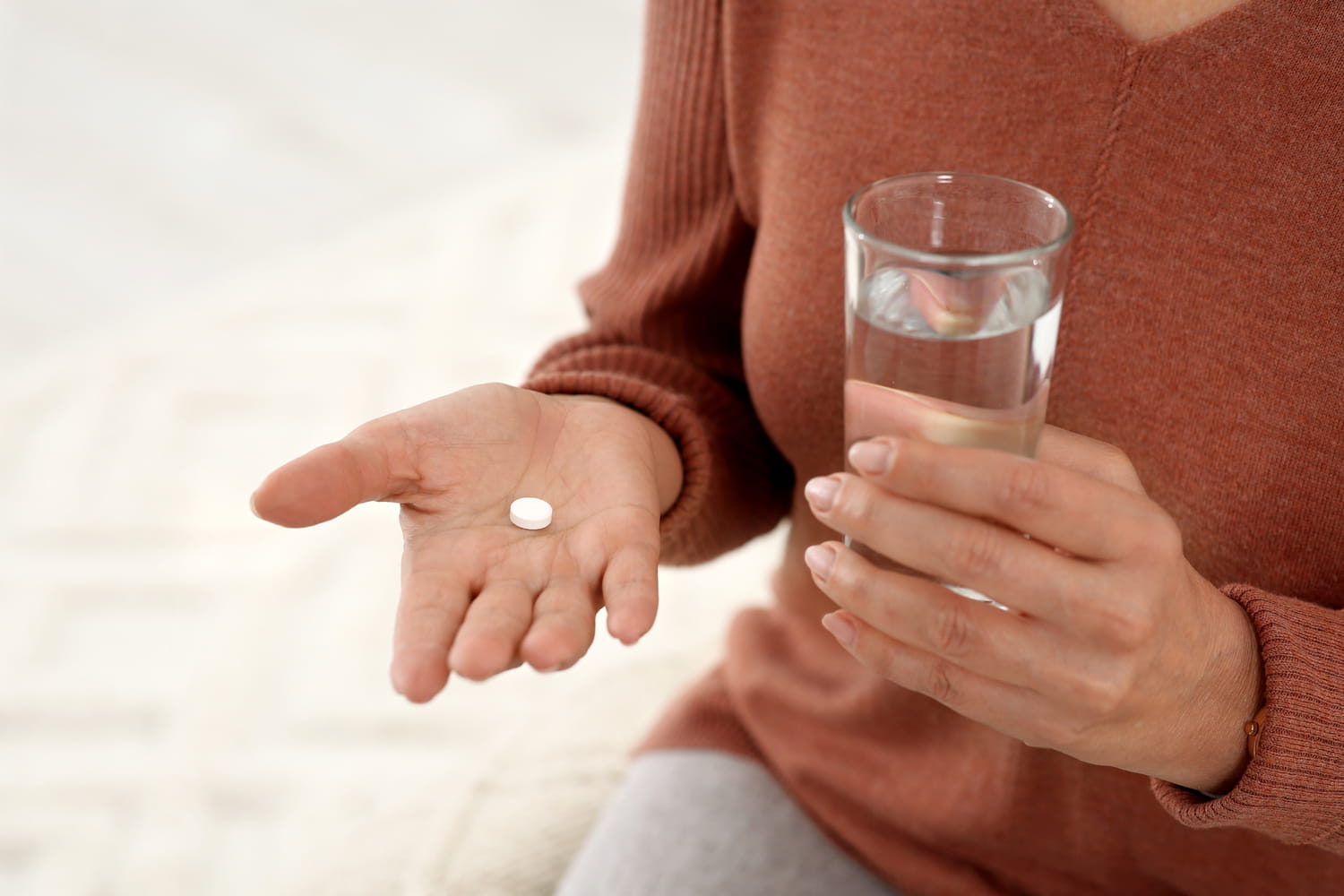For doctors, this is a real “red flag”.
Iron deficiency is considered by the WHO to be the most widespread nutritional deficit in the world. In France, around 8 million people are deficient. Women are overall nearly 7 times more affected by a lack of iron than men, according to the National Nutrition and Health Study (ENNS). Despite these figures, the deficiency remains very little diagnosed and therefore often poorly managed. “Because there is an almost societal problem, where women will confuse the symptoms of iron deficiency with their daily difficulties. Let me explain. The demands of family life, the stress, the mental load. We tell ourselves that it is everyday life that leads us to think that we are tired“, underlines Karine Levesque, General Director of Vifor France, during a press conference on iron deficiency in women.
The symptoms of iron deficiency are generally the same at any age – fatigue, hair loss, fragile nails, irritability, shortness of breath, sleep problems – but their intensity and their cause vary depending on the period of life, explains Professor Descamps, gynecologist-obstetrician at Angers University Hospital. In a 30-year-old woman, the deficiency is often linked to heavy periods, a recent pregnancy or insufficient food intake. The body reacts quickly: fatigue, mood and sleep disorders appear early, even with a moderate drop in iron.
After age 50, especially after menopause, blood loss decreases and deficiencies become rarer. The woman suffers from chronic fatigue sometimes accompanied by a drop in concentration or even a pale complexion but does not make the link with an iron deficiency. The symptoms are more discreet than at 30 years old but more lasting. However, an iron deficiency after the age of 50 should be a warning. “In a postmenopausal woman, an iron deficiency without an obvious gynecological cause (uterine fibroid, post-menopausal vaginal bleeding, etc.) is a real “red flag”, often the signal of an underlying problem such as unnoticed digestive bleeding – due to an ulcer or polyps – or even an absorption problem, for example in celiac disease.“, continues the gynecologist.
If these symptoms are present, it is essential to consult your doctor without delay. A simple blood test (ferritin, hemoglobin, CRP) and, if necessary, a digestive assessment allows the cause to be identified and an underlying pathology to be ruled out. “If the iron deficiency is recent, appropriate treatment can quickly improve the situation. If it is older and there are other risk factors, it will take more time and it will be necessary to carry out checks (measurement of ferritin, hemoglobin and possibly CRP) to analyze the evolution. But the therapeutic benefits are obvious“, indicates Professor Descamps.
Treatment is initially based on iron supplementation, generally orally (ferrous or ferric iron tablets), for 3 to 6 months to replenish reserves. In the event of digestive intolerance (nausea, constipation) or malabsorption, the doctor may suggest injectable iron. At the same time, the cause must be corrected.
Comments collected during the press conference led by Vifor France in October 2025.


